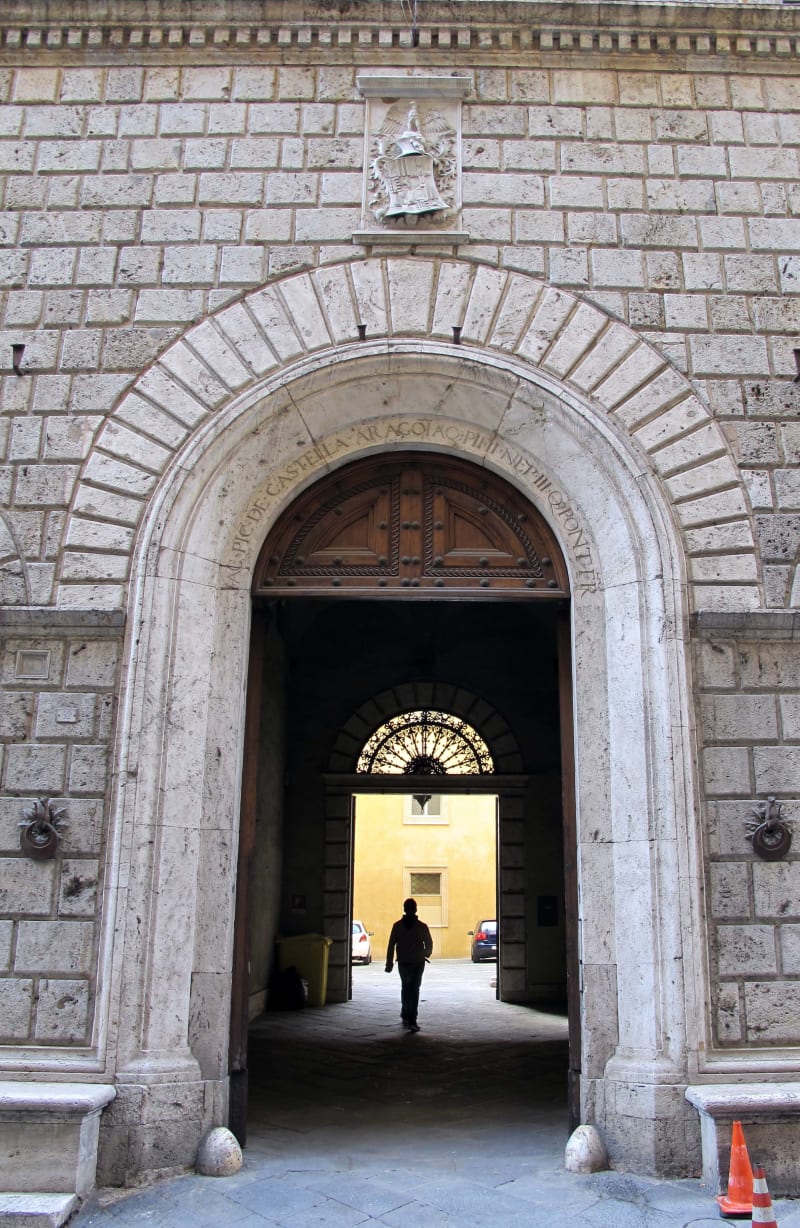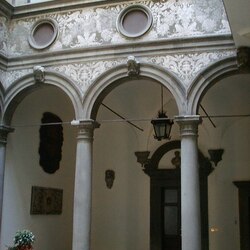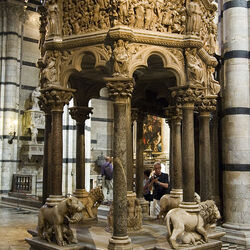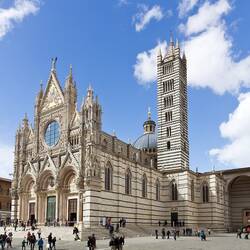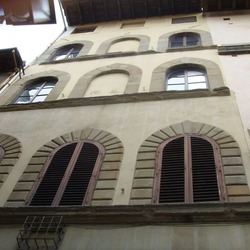Palazzo Piccolomini
The Piccolomini Palace in Siena is also called Palazzo Todeschini Piccolomini. It is a Renaissance-style building in the city of Siena in the Tuscany region. It is located on the Banci di Sotto, at the corner with Via Rinaldini, higher up the hill and to the west of the Church of San Martino, the Loggia del Papa and the Palazzo delle Papesse, which was also built by a member of the Piccolomini family. The landmark is considered one of the most spectacular old mansions.
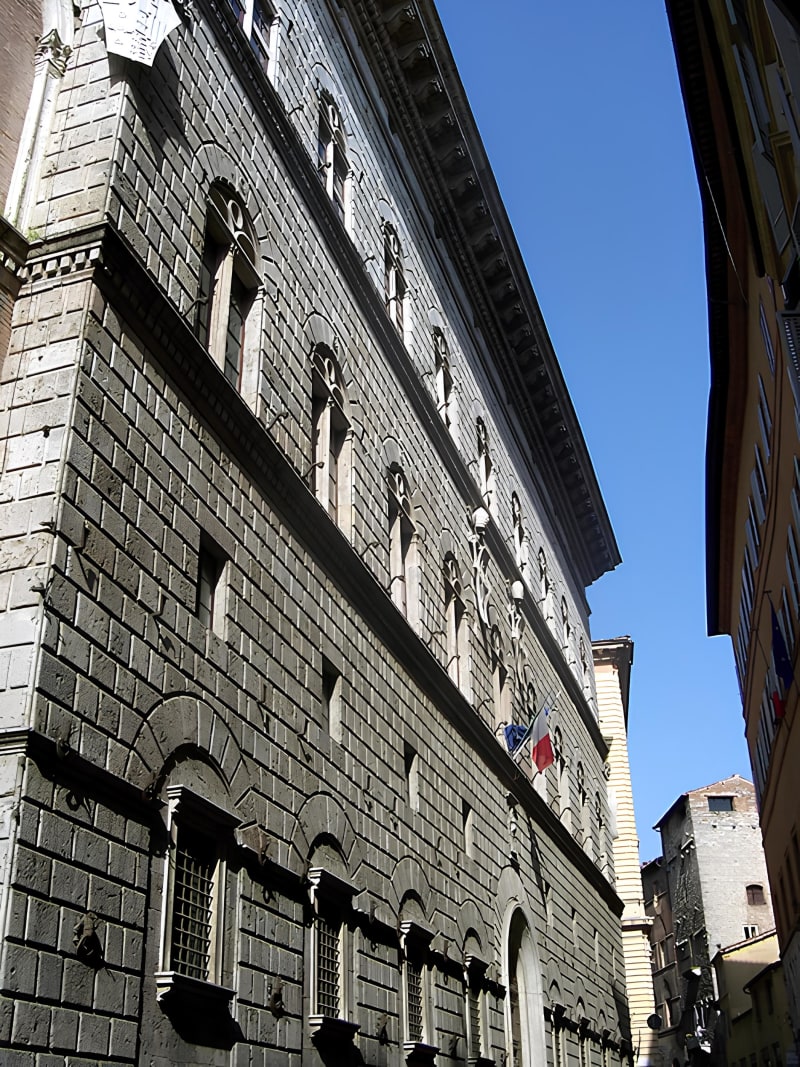
The history of the Piccolomini Palace
The building was built for one of the most noble families of Siena in the 15th century. The initiators and ideological inspirers of the construction were the nephews of Pope Pius II, the Piccolomini Todeschini brothers. Bernardo Rossellino, the author of the Pope's most beloved architectural creations, was appointed chief architect. By the way, the Piccolomini Palace is very similar to the Palazzo in Pienza, designed by the same architect. The palace has similar features to the magnificent Palazzo Medici and Rucellai, located in neighboring Florence.
The construction of the Palazzo began in 1460 and lasted for more than 30 years. There are two Piccolomini palaces in Siena, but the second one, to avoid confusion, is commonly called the Papal Palace (it was built by order of Pius II's sister). At the end of the 17th century, the Piccolomini family was interrupted, and the abandoned building was leased to the Tolomei College, where the children of Siena's elite received the necessary education. A few decades later, the educational institution received its own building and vacated the leased space, and the city archive was relocated to the mansion. At the end of the 19th century, the building was taken over by the Bank of Italy. The last restoration took place at the very end of the twentieth century. After that, the building acquired the status of a modern art center.
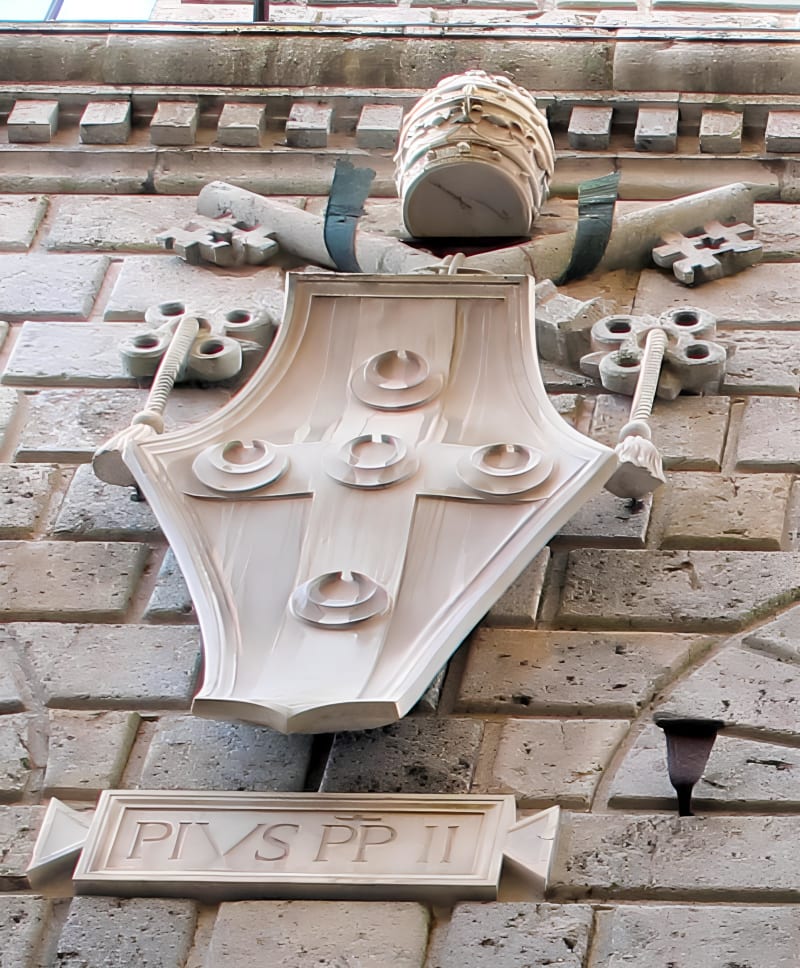
Description of the Piccolomini Palace
Today, the medieval building provides an opportunity for guests to visit permanent exhibitions of works by contemporary artists and sculptors on the ground floor and temporary exhibitions located on the third floor. The floor between them is given over to a bookstore, famous for its amazing wooden covers for expense and tax books, painted by the best artists of Siena.
The Piccolomini Palace also houses several frescoes from a later period, created in the Neo-Renaissance style, which were commissioned by the board of the State Bank. The terrace on the third floor and the loggia on the roof of the palace will allow you to explore the ancient city from a bird's-eye view, find the Cathedral of Siena on your own and feel the spirit of the Renaissance.
Travelers who are strangers to modern art can simply admire the clear lines of the three-story stone building, the semicircular windows and the coats of arms of the noble Piccolomini family. The site of the Piccolomini Palace boasts columns made by Marina.
